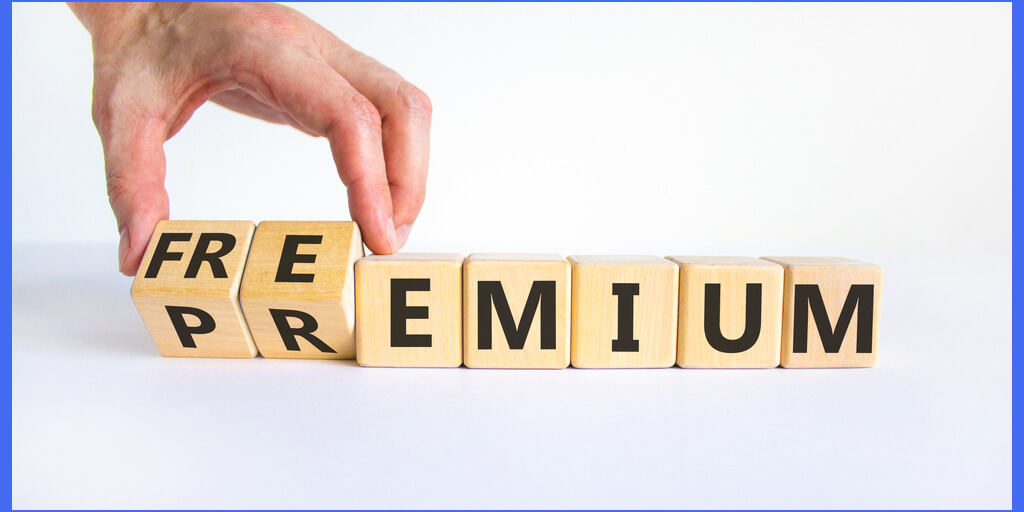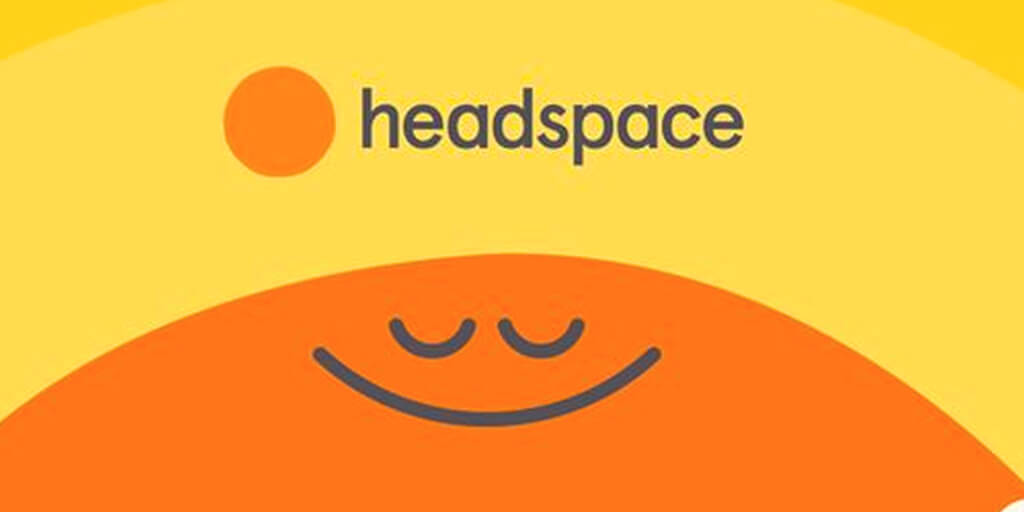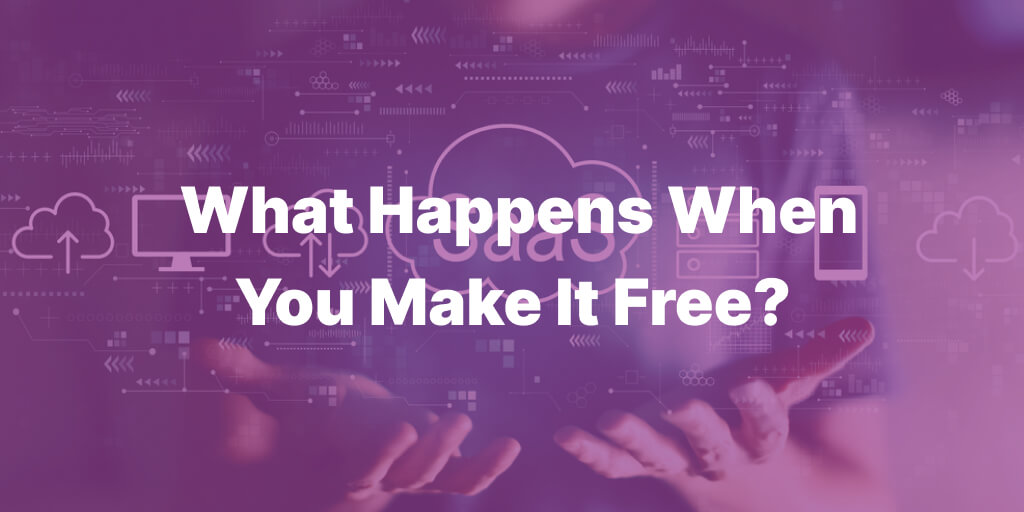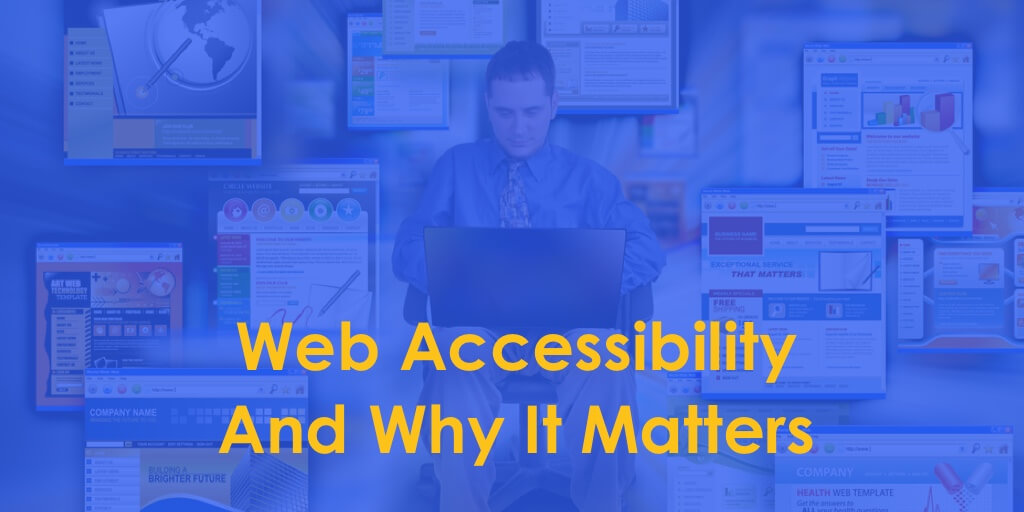How The Price Of Zero Affects Users
One issue that frequently comes up when it comes to SaaS product pricing is whether or not to provide it for free. There are advantages and disadvantages to both strategies, but there is no doubt that making a product free can significantly affect its performance. This article will discuss the effects of making a SaaS product free as well as the potential effects it may have on your company.
It’s crucial to first comprehend the reasons why companies might decide to give away their goods. Creating a user base and increasing brand recognition are two reasons. Businesses might draw in more customers who might not have previously been prepared to pay by providing a free product. This can assist in building a devoted client base that can later be monetized by other methods like upselling to a paid version or charging for extra features or services.
To acquire a competitive edge, a product may also be offered for free. Offering a free version can help a company stand out and draw more customers in crowded markets with many identical products. Competitors that might not be able to match the free offering may feel pressure from it and change their price strategy.
Making a thing free, though, has its own set of difficulties. Businesses must, among other things, discover new ways to commercialize their products. This can involve charging for a version with more features, providing paid services or subscriptions, or making money through sponsorships or advertising.
However, offering a product for free may draw in a sizable user base that isn’t necessarily the product’s core market. A huge user base can result in problems with customer assistance and higher maintenance costs. Also, it could be challenging to turn free users into paying clients.
Ultimately, offering a SaaS product for free can be a potent marketing tactic for companies trying to expand their user base, increase brand recognition, and gain a competitive edge. But, it’s crucial to carefully weigh the repercussions of this strategy and develop alternate means of long-term product monetization.
Current Pricing Strategies And Trends For SaaS Products?

Pricing tactics are not an exception to the SaaS sector’s ongoing evolution. Following are some current patterns in SaaS software pricing:
Usage-Based Pricing

Rather than charging clients a set monthly or yearly cost, this pricing strategy bases charges on how much the user uses the product. Customers who just want to pay for what they use may find this tempting, and it may also make it easier for firms to charge high-volume clients more money.
Freemium

A basic version of the product is provided for free with the option to pay for more in-depth features or services under the freemium pricing model. This business model has grown in popularity as it enables organizations to increase user acquisition and user retention while also enabling a route to profitability through upselling to a paid version or delivering premium features.
Personalization And Customization

Several SaaS companies are shifting to a price structure that provides more individualized and flexible pricing plans based on the requirements of each client. With improved pricing that is tailored to certain target market segments, firms may increase both customer satisfaction and revenue.
Value-Based Pricing

With this pricing strategy, consumers are charged according to the value they derive from a product rather than how much it costs to produce it. Businesses may find that by charging greater costs to clients who get more value from the product, they can increase their profitability.
Subscriptions
Subscription-based pricing is still a common pricing strategy, particularly for companies that provide continuing services or upgrades. Customers are able to budget for the goods over time with this pricing strategy, which also offers businesses a predictable and continuous source of revenue.
Generally, SaaS pricing techniques are becoming more flexible and individualized as companies work to satisfy the individual needs of their clients while also turning a profit. The secret is to choose a pricing strategy that benefits both the company and its clients.
User-Based Sales
In the original model of corporate software sales, the software company would have to beat a path to the buyer in the head office, convince them that they needed the software and propose a huge software sale for the entire business. But with freemium, you can get users in the business hooked on the software first and the users then demand that the business pays for the premium upgrade to gain access to the features they need. This, in many cases, is a much easier sale.
Examples Of Successful Pricing Models
Spotify

Users can access the free version of the music streaming service with advertisements, but they can upgrade to the premium version for an ad-free experience and other features like offline listening and higher-quality audio. Spotify uses a freemium pricing model. This business model has enabled Spotify to attract a sizable user base while earning money from premium subscribers.
Zoom

Users can sign up for a free version of Zoom’s video conferencing service with basic features or upgrade to a premium version for more sophisticated features like cloud recording and longer meeting durations. Zoom offers a subscription-based pricing strategy for its video conferencing service. Especially during the epidemic, this paradigm has assisted Zoom in becoming one of the most widely used video conferencing programs.

80% of Linkedin users enjoy a free service at no cost at all, so only 20% of its users pay for a premium subscription. Even so, in 209 Linkedin made 6$.7 Billion in revenue from premium subscribers. Many of the premium subscribers are paying for more advanced tools to search and monetize the rest of the free user base.
Recuritement comp
Headspace

For its meditation and mindfulness app, Headspace uses a subscription-based pricing model. Users can access a small amount of content for free or upgrade to a premium version to gain access to a larger library of guided meditations as well as additional features like sleep sounds and courses. Headspace has become one of the most well-liked wellness apps because of this strategy.
Trello

Trello’s project management app has a freemium pricing structure, allowing users to use a free, basic edition with a limited feature set or upgrade to a paid version for more capabilities like team collaboration and automation. With the use of this business strategy, Trello has been able to attract repeat customers and make money from paying subscribers.
Grammarly

Grammarly’s writing assistant tool has a freemium pricing model that allows users to use a free edition with basic grammar and spelling checks or upgrade to a paid version for more sophisticated features like tone detection and style recommendations. This design has contributed to Grammarly’s rise to prominence as one of the most widely used writing tools, particularly among professionals and academics.
How To Be Creative With SaaS Pricing Through Trial And Error
It’s crucial to be creative and open to trying new things when it comes to pricing SaaS products. To make sure that your price strategy is efficient and user-friendly, it’s also essential to undertake research and usability testing.
In the SaaS sector, trial and error is a frequent strategy as companies experiment with various pricing models and modify them in response to customer feedback and data analysis. Finding the ideal pricing structure that benefits the company’s clients as well as itself can be accomplished with this tactic.
Concurrently, it’s critical to carry out usability research to make sure your pricing strategy is simple to use and understand. Users may be asked to try various price structures in order to obtain input on what works well and what requires improvement.
Usability testing can assist companies in identifying potential adoption barriers, such as confusing pricing policies or additional costs. Businesses may enhance user experience and boost customer satisfaction by solving these problems.
In terms of SaaS product pricing, innovation is also crucial. This may entail testing various price structures, such as usage- or value-based pricing, to see what appeals to customers. Companies could also think about combining products or providing discounts to entice customers to make larger purchases
Finally, organizations can find the ideal price strategy that boosts income and encourages client loyalty by being imaginative, and open to trying new things and doing usability research and testing.
What Are The Psychological Effects Of Pricing At Zero On Users
Offering a SaaS product with no price or for free can have significant psychological consequences on users.
Perceived Value
Users may believe that a free product is of worse quality than one that they have to pay for, which can result in lower expectations and decreased interest in the product.
Reciprocity
At the same time, giving away a product for free can engender a feeling of reciprocity, in which customers feel compelled to return the favor for what they have gained from the goods. As a result, customers may become more devoted and willing to upgrade to the paid version of the product.
Loss Aversion
When a product is made available for free, users may feel as though they are losing something if they are required to pay for further features or capabilities. Due to their reluctance to give up the advantages of the free version, users may be difficult to convert to paid versions of the product.
Social Proof
Providing a free version of a product can help provide social proof since customers are more willing to test a product they see other people using. This may result in a higher rate of product uptake and a larger user base.
In general, giving users a free version of a SaaS product may have subtle psychological repercussions. While it might promote reciprocity and social proof, it can also affect the product’s perceived worth and make it more challenging to persuade consumers to upgrade to paid versions. As a result, companies should carefully analyze how charging nothing would affect their users and come up with a pricing model that strikes a balance between the advantages of a free version and the necessity to make money in order to maintain the operation over the long run.
How Free Pricing Can Affect Vc Funding Requirements
The amount of money required to launch a SaaS product might vary greatly depending on its pricing structure. Here are a few things to think about.
Development Expenses
A product’s development costs might be affected by the price model. For instance, developing the tracking and billing systems for a product with usage-based pricing may take more time.
Client Acquisition Costs
A product’s pricing plan may also have an impact on these expenses. A subscription-based approach, for instance, may demand more investment in sales and customer service to convert trial users into paying subscribers. A freemium model, on the other hand, may require more expenditure in marketing and promotion to attract users to the free version of the product.
Revenue Forecasts
The price strategy may have an impact on a product’s revenue forecasts, which may have an impact on the required investment. In order to target customers who are prepared to pay more for the product, a value-based pricing model, for instance, may create higher revenue per customer but may need a bigger investment in marketing and sales.
Scalability
A product’s scalability may be impacted by its price strategy. In contrast, a value-based pricing model may be less scalable since it may be more challenging to find clients ready to pay a higher price for the product. As an illustration, a product with usage-based pricing may be more scalable because it can earn money from a large number of users.
The sum of money required to launch a SaaS product can vary depending on the pricing plan. When choosing a pricing strategy for their product, firms should carefully analyze the costs and revenue estimates associated with each price model, as well as the scalability and client acquisition costs.
The Differences Between B2B or B2C SaaS Markets, And How To Put The End-user Experience First.
In conclusion, regardless of whether the product is aimed at B2B or B2C clients, the end-user experience should be prioritized when it comes to pricing SaaS products.
Although there are many alternative pricing models and techniques that can be successful, businesses should always take the user experience into account. This encompasses aspects like openness, simplicity, and total customer value.
Businesses should think about how their price strategy fits with their overarching business goals when developing B2B goods, as well as the specific needs and spending limits of their target clients. This can entail giving tiered pricing based on consumption or features or providing flexible pricing plans that cater to various client segments.
With B2C products, companies should think about the product’s total value proposition as well as how their pricing strategy fits with the demands and expectations of their target market. Offering a free or inexpensive version of the product may help draw consumers, as may provide several pricing options based on the user’s requirements and usage habits.
Businesses should always put the end-user experience first when creating their pricing strategy, regardless of the target market. To guarantee that the pricing model is user-friendly, transparent, and offers value to the customer, research and testing must be done.
In conclusion, while there isn’t a one-size-fits-all method for pricing SaaS goods, giving the end-user experience top priority is essential for boosting client happiness, repeat business, and ultimately, sales. Businesses can create a pricing plan that is in line with their overarching goals and offers a positive user experience by taking into account the demands and expectations of their target audience and by carrying out exhaustive research and testing.
How We Can Help
Here at Blue Whale Apps, we not only design and build your app, but we can do market research, competitor research and user research to determine what the best route to market is and how best to structure the price to achieve the best advantage in the market.
If you would like to find out more about how we can help you build and launch your app project, book a free consultation with one of our experts.






